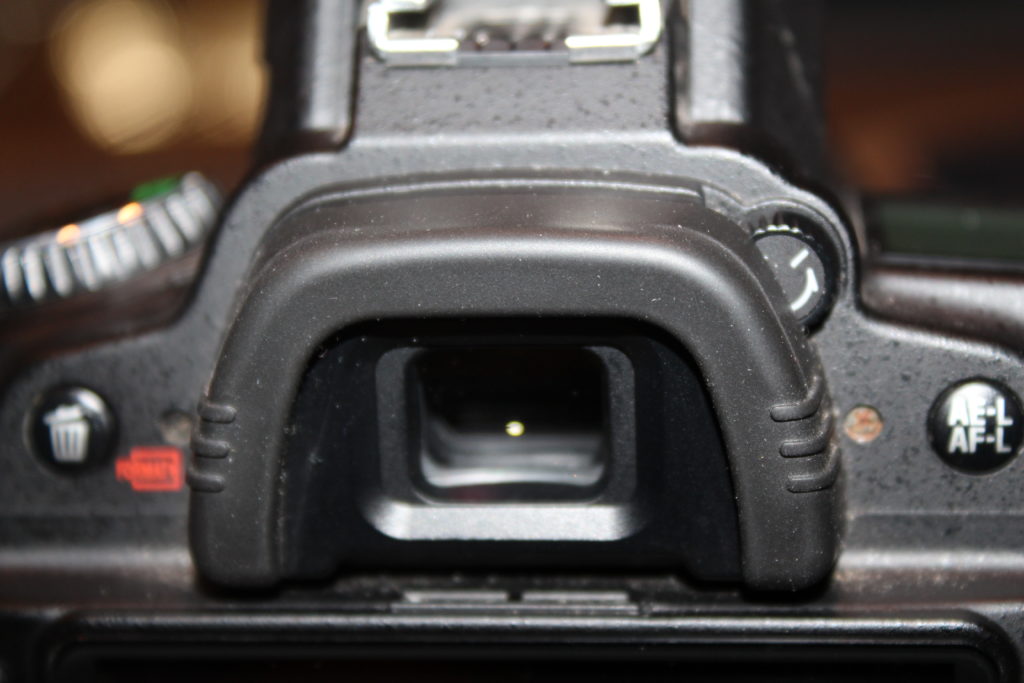Today, all cameras have a built-in screen to frame and see what we immortalize, but many of us continue to cling wistfully to the traditional viewfinder, putting an eye on the camera as we blink at each other. Both have their respective pros and cons, but did you know that the viewfinder itself is divided into several types, each with its pros and cons?
There are mainly two types of sights in today’s optical and electronic cameras: the first, optical, as the name suggests, uses a combination of mirrors and prisms within the camera to bring the image to the viewfinder; electronics, on the other hand, transmit the same image of the sensor, in a kind of mini-screen, as if it were the screen on the back of the camera.
- Each of us will have a different preference.
- But both optical and electronic sights have their advantages.
- On a personal level.
- I prefer optical sights because they offer a clear.
- Real.
- Unchanged or treated image.
- An almost identical copy of what our eyes see.
- Another advantage is that.
- By reflecting a real image.
- They do not present that small delay that some cameras with electronic sights may present.
In contrast, optical viewfinders handle better high contrast situations between light and dark areas (called dynamic range). Imagine a scene where there is too much light in one part of the image, but the other part of the image is too dark. This would not be a problem with the optical viewfinder, but with an electronic viewfinder the image would be slightly altered. This is a limitation of the camera itself.
In favor of the electronic viewfinder, it must be said that it shows the image exactly how the sensor would take it. Note that the electronic viewfinder is a kind of sensor “repeater”. The image you see through the optical viewfinder is an image that has not yet traversed the camera sensor, which you see through the electronic viewfinder, instead, it has already passed through the sensor, this allows you to know for sure the final result before shooting, that with the optical viewfinder, sometimes it may not give the same result.
Another advantage of the electronic viewfinder is that, thanks to it, the image is not interrupted at any time. With a traditional optical viewfinder, you can see the framing and make all the adjustments, but when you shoot, you momentarily lose your vision. It is a mechanical limitation, typical of all cameras with optical viewfinder and mirror. This is not the case with the electronic viewfinder.
Most SLR cameras usually have an optical viewfinder. The electronic viewfinder is most often found in bridge, bridge, mirrorless and compact cameras.
There is no general rule that one type of viewer is better than the other by default. I’ve seen good optical glasses and I’ve seen bad ones. I had a very limited deal with electronics, but I have photographer friends who use them. without any problem.
And you, have you had any experience with the types of viewers you want to talk to us about?

